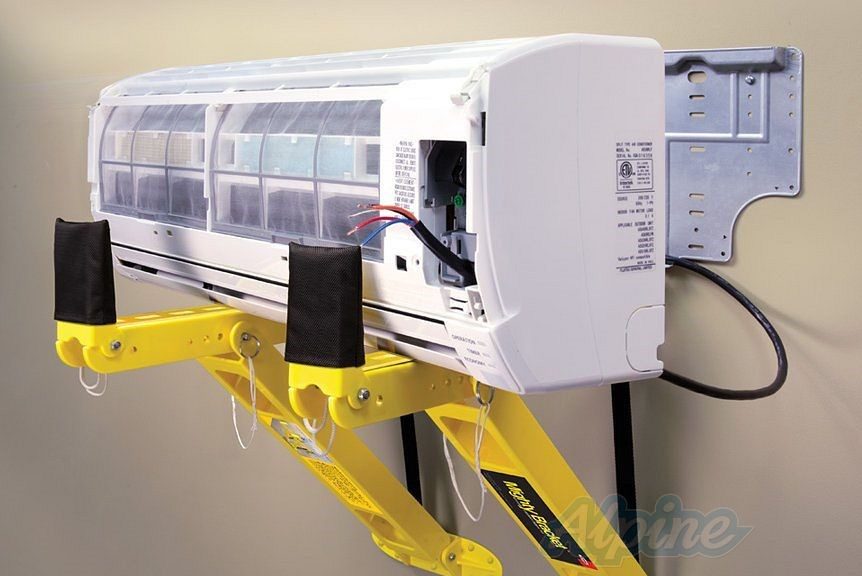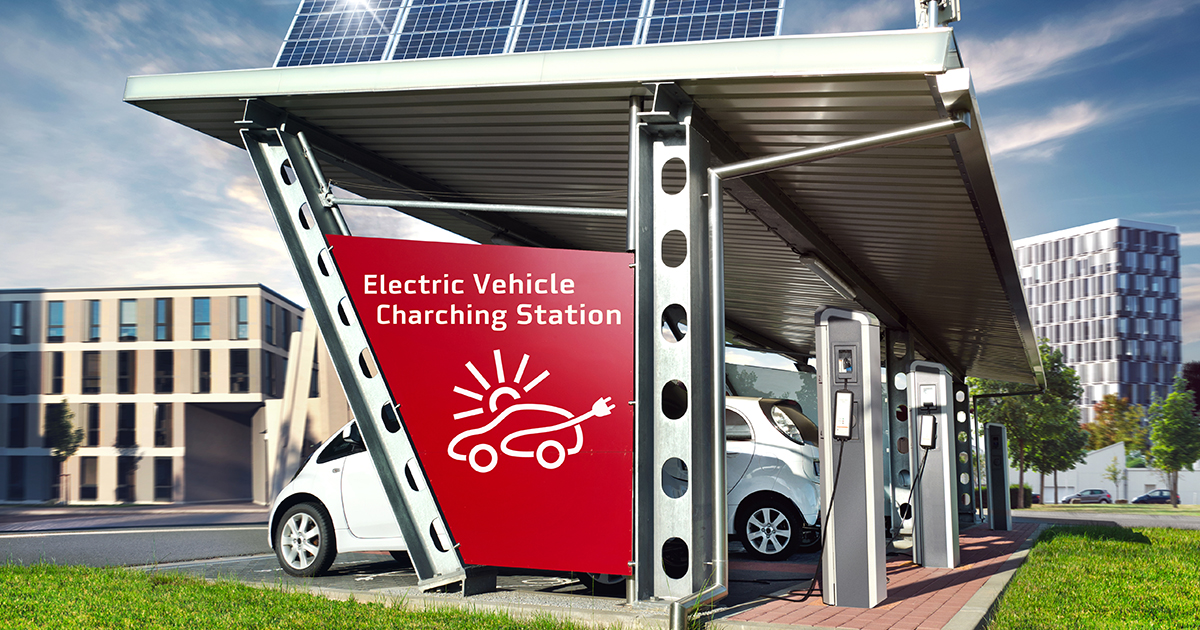
VINCI Energies in the running for the SNCF’s Smart Stations project
SNCF (French railways) has just launched a large-scale project called Smart Stations.
The idea is to remotely control railway stations by connecting lighting, metering, access control (doors, roller shutters), lifts and escalators to centralised supervision systems. Building Solutions ELV adviser Jean-Jacques Freliger is coordinating the Building Solutions business units involved in this bid. He describes the goals of this ambitious project.
Could you describe the project? What are its goals?
SNCF wants to be able to remotely open and close railway stations. The goal is basically to install communication bridges to engage in dialogue with local equipment and report information via WiFi or client VDI. The difficulty lies in connecting a wide variety of systems (number, generation and brand) and in implementing an operation on such a large scale.
For SNCF, the three main goals are:
• Operational: Enhance customer focus, improve services
• Technological: Digitalise equipment monitoring
• Economic: Improve profitability
What is SNCF action plan?
The plan is to implement the system in 579 stations within three years. In practice, about 10 stations will undergo a full-scale test for one year, and 550 in the two following years. This makes nearly one station per working day.
The estimated value of the project is about €100m.
How did you get involved in the venture?
We were originally contacted by SIEMENS and thought we would support them. That was until we learned that most of the solutions had already been estimated, via a project involving 300 stations in the Greater Paris area. ACTEMIUM Maison Laffitte was the lead company in the IT part of that operation. We therefore joined a VINCI Energies joint venture made up of Actemium Paris Transport, for systems engineering, SDEL Rail, Actemium Maisons Laffitte and Roiret Transport. Infrastructure business units had already reached an agreement with Building Solutions business units in western France.
What difficulties do you face on this project?
Working for SNCF has very specific requirements. There are strict limitations when working near station platforms or overhead power lines, there are lock-out-tag-out procedures and above all the schedule is timed avoid peak traffic periods. Some regions are highly familiar with these practices, due to MOSO (SNCF call-off) contracts, especially in eastern France (about €5m/year). Given the scale of this project, the Building Solutions network is a real asset for the joint venture.
What are the next steps?
This is one of the first large Smart Building calls for tender. For this reason, we wanted to be involved in the project. We submitted our applications at the end of August. Now we need to draw up the schedules of unit prices and hope that our joint venture will be selected.
Did you like the article ?


